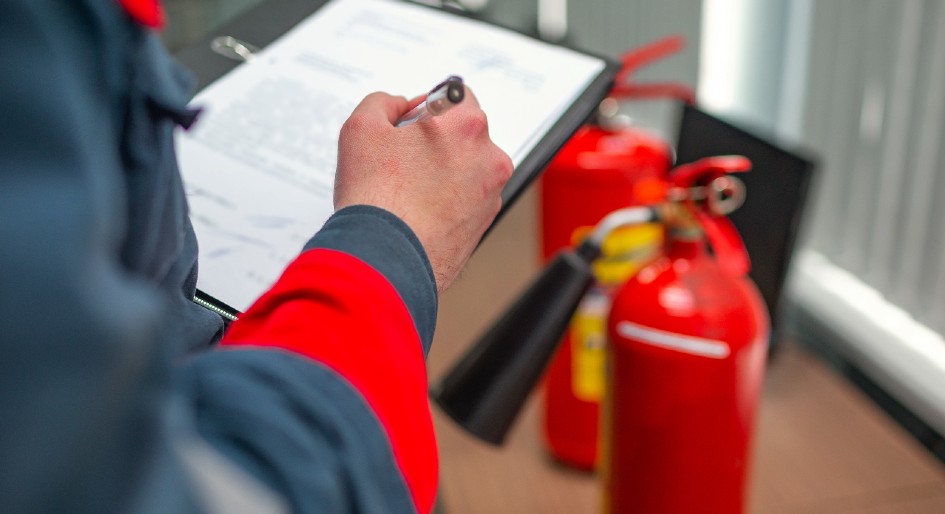A recent fire in a high-rise residential building in Toronto resulted in one death and left many other residents to suffer the effects of smoke inhalation. Fire departments in the Greater Toronto Area, especially in Toronto, have stepped up their enforcement and inspections as a result of a spate of other fire events. How can condos ensure smoke control systems are functioning correctly?
A smoke control system consists of mechanical and electrical components, which manage the movement of smoke within a building during a fire event. These systems are designed to keep smoke out of certain areas of the building to protect occupants and first responders when evacuating.
Smoke control systems vary from building to building depending on their age and construction, but are usually composed of pressurization fans and a series of ancillary devices like automatic door openers or a relay to disable the make-up air units. These devices are all connected to the fire panel and operate automatically when the system is in an alarm state.
The Ontario and National Fire Codes require regular testing of the smoke control systems in a building in order to ensure that they are operating properly in accordance with operation and test procedures designed by a professional engineer or architect. Buildings are required to maintain records of these tests to prove compliance.
If documentation does not meet the code requirements, buildings are served with an inspection order, with a very tight timeline (about one month) to resolve the outstanding issues.
In addition to regulatory compliance, formal specifications for testing and maintenance procedures can also be used by property managers when tendering fire alarm and HVAC service contracts to ensure the contractors are submitting competitive prices on an established scope of work.
Steps need to be taken to ensure smoke control systems are functioning correctly.
The first and most critical step is for corporations to determine whether they have a smoke control system maintenance and testing procedure document in place.
Most condominiums do not have one. If one has not been prepared for your condominium, a professional engineer or architect must be retained to review your building system and building drawings to engineer a Smoke Control Maintenance and Testing Procedure.
This will allow the engineer to create a specific plan tailored to the systems that exist in the building. Every building is designed differently; therefore, it is crucial that the procedures prepared are tailored.
The maintenance and testing outlined within these procedures must be performed on a periodic basis as outlined within the procedures. Any deficiencies identified during the maintenance and testing must be addressed as soon as possible, and rectified.
Following the procedures and maintaining logs of all testing performed will ensure that all smoke control equipment within the building is operating as designed and that the building’s smoke control system remains effective if and when required.
Sam Soltani is the president of Trace Consulting Group Ltd, a Toronto‐based multi-disciplinary consulting engineering firm.





